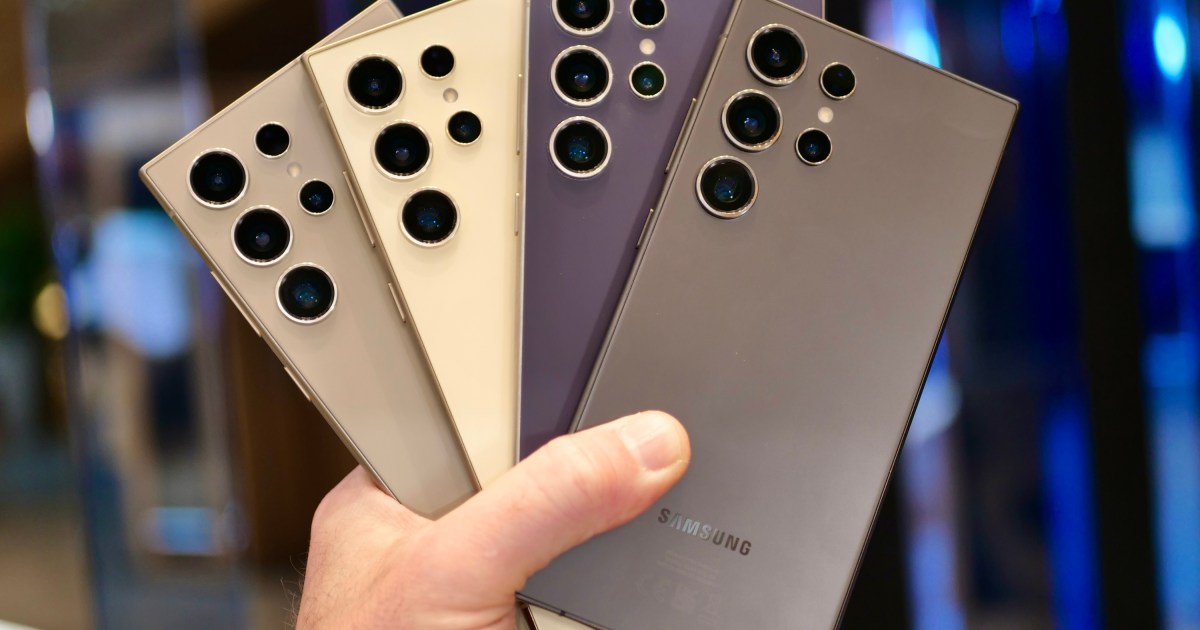Vending machines have become an unexpected and popular investment trend, according to a new Wall Street Journal report.
On paper, the side hustle looks simple. Buy a secondhand machine, which the WSJ estimates would cost about $1,500, fill it with candy and soda from wholesalers like Sam’s Club and Costco, mark up the price by as high as 100% per unit, and collect cash.
A vending machine owner can usually get started for less than $2,000 and expand at their own pace, giving the side hustle the benefit of low startup costs. Owners restock the products in the machine and collect revenue a few times a month, so they set their own hours and have a relatively passive income source.
A small-time business owner wouldn’t feel out of place in the vending machine industry, which primarily consists of small, independent operators that bring in less than $1 million per year, according to Vending Locator. As per Vending Market Watch, the number of vending machines in the U.S. increased by about 4.5% from 2021 to 2022.
Related: At 23, She Started a Side Hustle for ‘Quick Money.’ Now the Business Brings in More Than $1 Million a Month — and Boasts Celebrity Fans.
Vending machines made a major comeback during the pandemic, with the rise of contactless purchases.
“It’s touchless, it’s considered safe and it’s prepackaged,” Carla Balakgie, chief executive of the National Automatic Merchandising Association, told The Washington Post.
Still, the landscape can be competitive. The U.S. has seven million vending machines, or one for every 50 Americans, according to Vending Locator, and the machines run the risk of damage because of disgruntled users, environmental conditions, or other factors.
Profits per machine can vary greatly, but the average revenue per week from one machine is usually around $75 per week, as per N2Go.
Operating costs can add up too. According to a recent report in the business news outlet The Hustle, taxes, transaction fees for card purchases (about 5-6%), and service costs can eat into profits. The outlet states that about half of revenue goes into the cost of items in the vending machines.
Zach Downey, owner and CEO of cotton candy vending machine company Distinctive Vending, told Entrepreneur in March about a time when two of his machines stopped working at the same time at one resort.
“I remember driving from Virginia to Texas in one stretch just to make sure we didn’t lose the resort’s business,” he said. “It was a stressful period, but I learned a lot.”
Related: He ‘Accidentally Discovered’ a Semi-Passive Side Hustle in College — Now He’s on Track to Make More Than $500,000 This Year
Downey is on track to bring in $500,000 in revenue this year with 10 machines.
There have also been some issues regarding new technology. Adaria Vending Services was recently scrutinized over the facial recognition technology that University of Waterloo students glimpsed on its smart vending machines. Though Adaria stated that its vending machines detected faces to activate payments, the university still requested that the machines be removed from campus.
Moreover, a February report from Transparency Market Research shows that the intelligent vending machine industry is set to grow to $8.2 billion by 2031 (from $4.9 billion in 2022).
Related: A College Is Removing Its Vending Machines After a Student Discovered They Were Using Facial-Recognition Technology
The rise of vending machine side hustles may be due to necessity. According to Bankrate, 39% of Americans currently have a side hustle and 28% think that they’ll always need one to make ends meet. Of those with a side hustle, about one in three say they need the money to pay for essentials, for everyday living expenses — not for fun.
“Side hustles have become more common, but like so many things in this inflationary environment, people are working harder but not necessarily getting ahead,” Ted Rossman, a senior industry analyst, told Bankrate.







